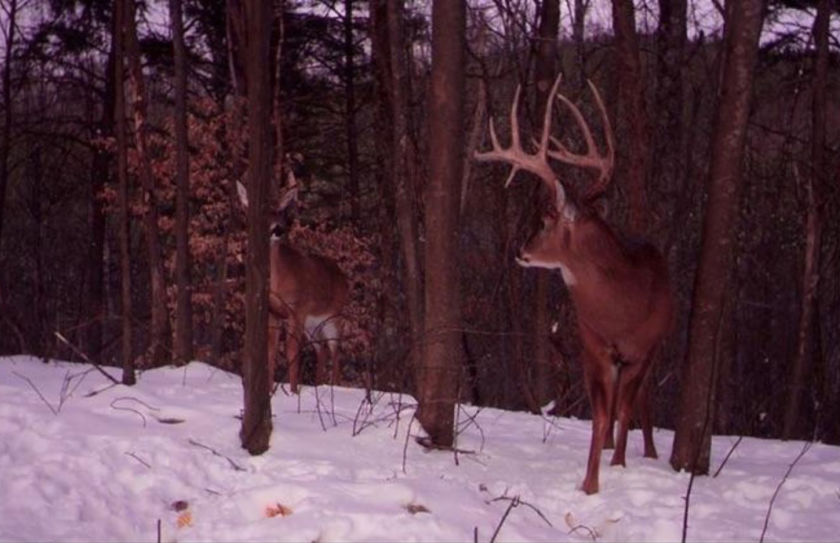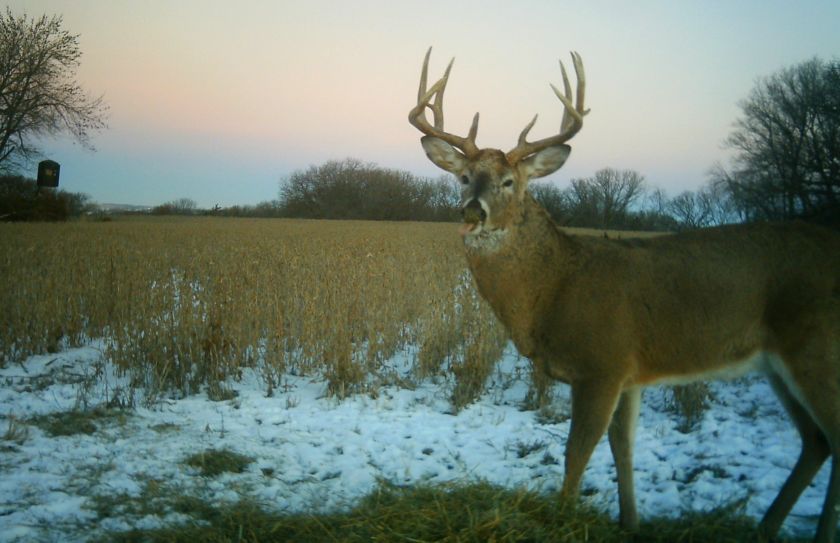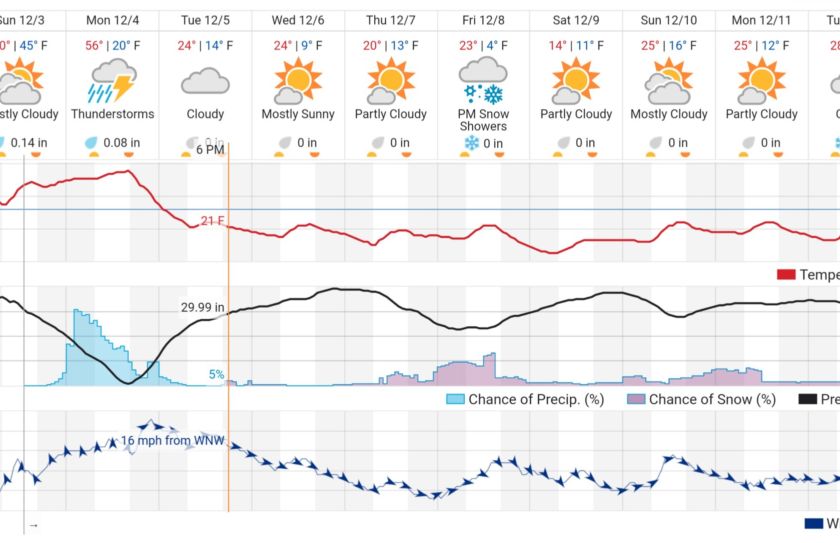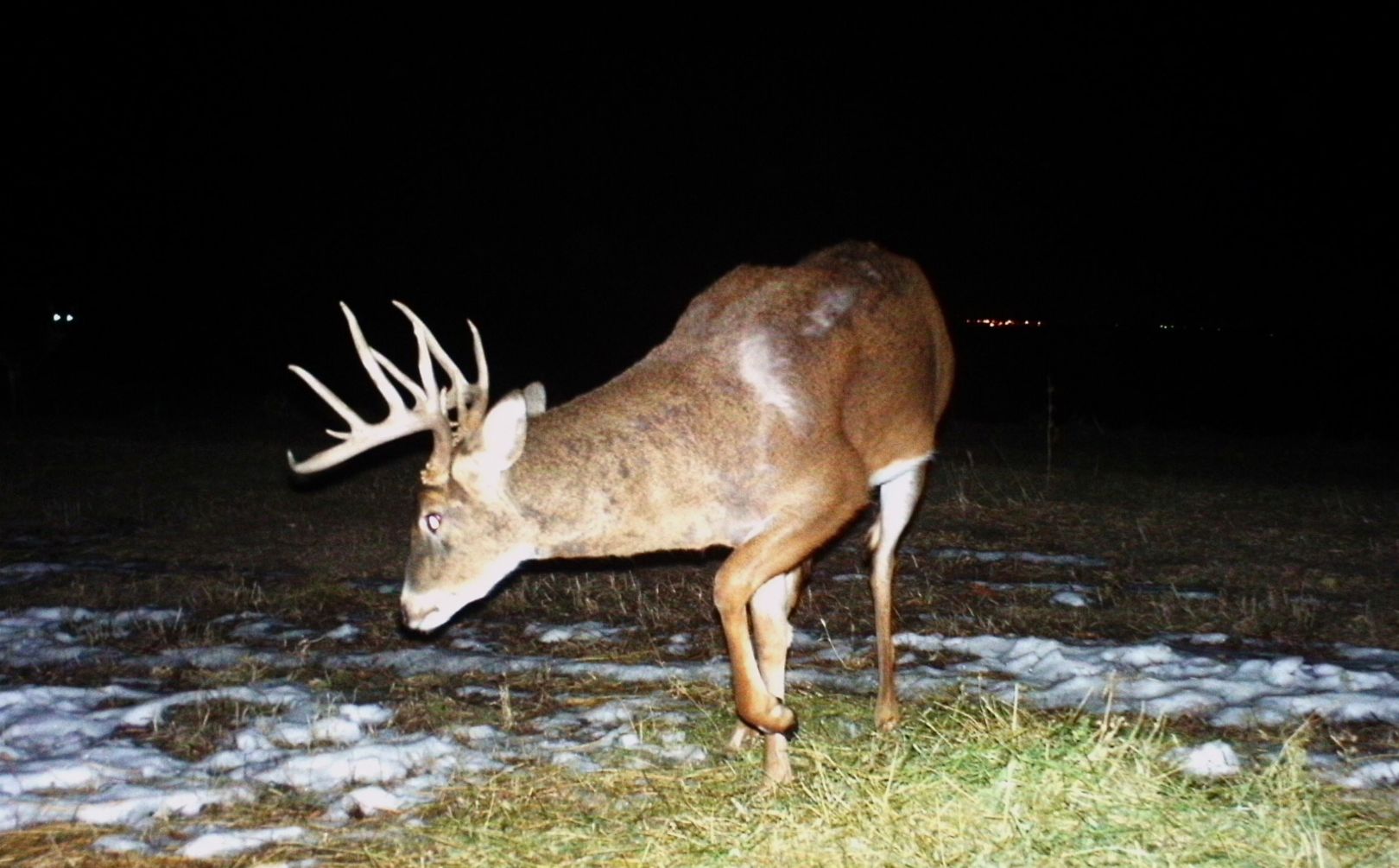
When late season forecast conditions turn windy, cold and full of snow, deer hunting strategies need to change drastically to keep up with a whitetail herd that is typically, on the move. Thermal cover and cool season forages are only a part of the annual Winter weather puzzle, when it comes to filling your late season tag.
Finding great cool season food sources such as brassicas, winter rye, cold season oats, peas, beans and corn, combined with high quality thermal cover types like hardwood regen, switchgrass, conifers and shrubs, can attract shelter seeking whitetails from miles around. However, Winter weather will have an incredibly strong influence over when, where and why deer choose to move, even within a strong combination of outstanding cool season habitat types. While wind, cold and snow are all conditions that take place in extremity during the late November, December and January portions of the hunting season, each carries a unique set of influence over daily deer movements.
*While the wind often causes increases in movement, never be fooled into climbing into your favorite, wind exposed treestand. Instead, the more you concentrate on where the wind isn't during periods of high wind, the more you will find where the deer are located, when you Hunt In The Wind.
Winter Weather Deer Hunting Factors
The great thing about extreme weather, is that you can use it to accurately predict deer movements. When it comes to Winter weather, the forecast becomes even more reliable for knowing exactly when, where and why to hunt. Here are my favorite Winter weather strategies:
1. Wind
Does wind influence deer movement for the better? I would be willing to bet that doe I nicknamed "scar" about 15 years ago that had the tips of both ears frostbit off, would argue not really! Instead of focusing in the sun facing slopes for where deer will bed during the Winter months, try zeroing in on locations that allow deer to escape from the wind during harsh late season conditions. If the location is sunny that is perfect, but a South facing slope certainly isn't the lowest hole in the bucket when it come to protecting whitetails.
2. Cold
When the extreme cold temps of December create frozen woodlots and creaky treestands, you can often find the best whitetail movement during the warmest portions of the day. When temperatures are falling to the teens by nightfall, a 35 degree start to the day can be a mighty hot time to be in the stand. On the other hand if temps are peaking at 35 during the late afternoon, a 12 degree beginning to the day can urge deer to remain in their beds until the morning temperatures begin to significantly climb.
3. Snow
While a little wet or fluffy snow isn't enough to significantly change location if feeding patterns, things begin to change when a crusty glaze grabs ahold of the frozen ground. Whether it's picked ag fields, low growing food plots or native vegetation, if deer have to spend too much energy to dig, don't be surprised if they end up turning their attention towards winter browsing habitat. Briars, hardwood regen and preferred red osier dogwood shrub tips are all great examples of browsing habitat that will attract Winter deer herds when ground fishes are frozen solid.
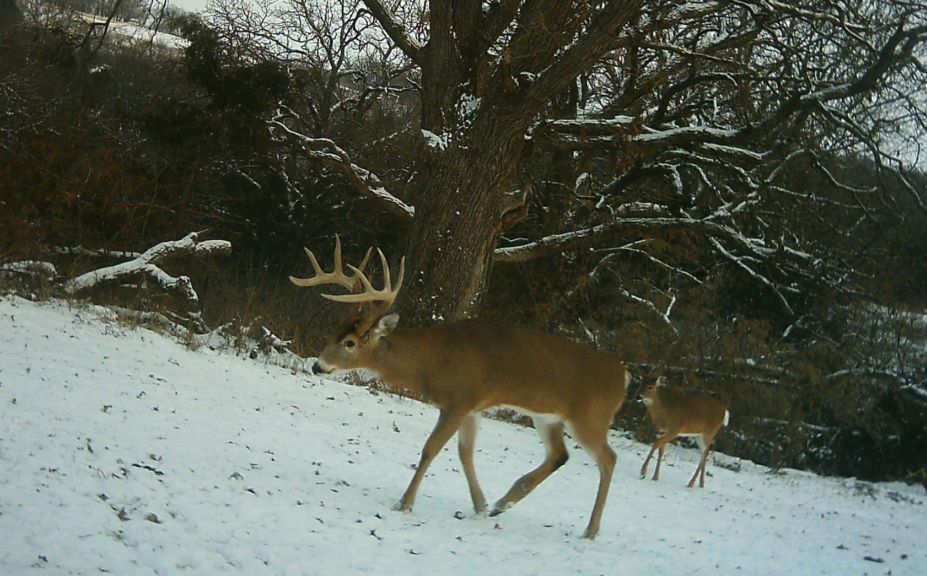
*During the late season it is pretty simple: The more volume of food that you grow, the more snow and frozen crust that your food plots can take. one if my favorite all time high volume blends, can be found in my Best Food Plot Mix.
Conclusion
While cool season food and cover habitat can be created to attract an entire deer herd, the elements of Winter weather can be easily used to dictate exactly when whitetails move. When the conditions of wind, cold and snow turn brutal, you can use those extremes to your advantage, every single season!
